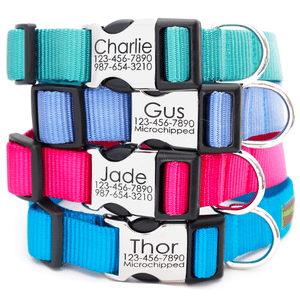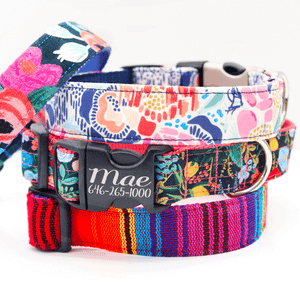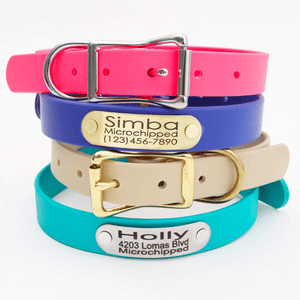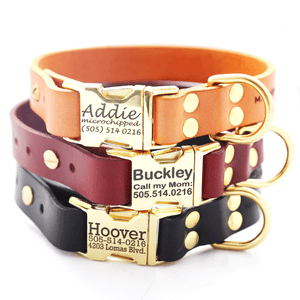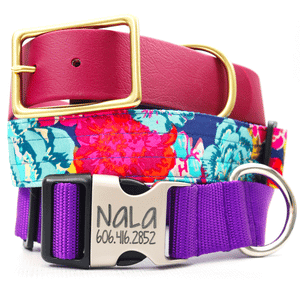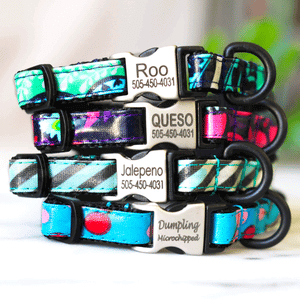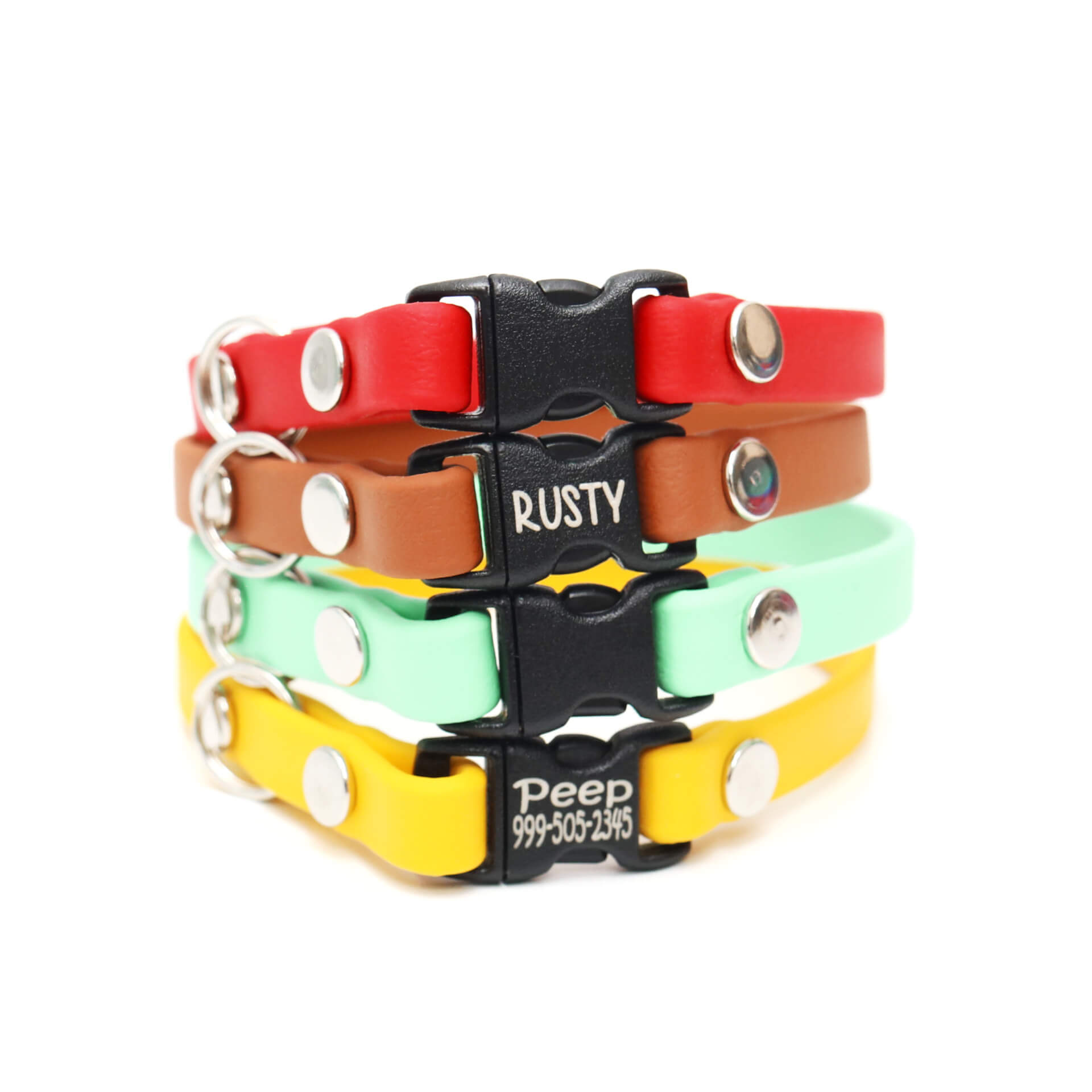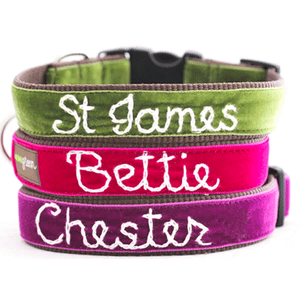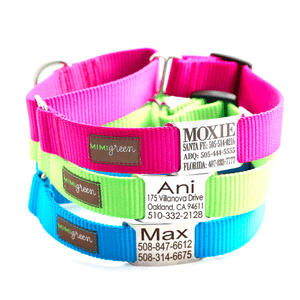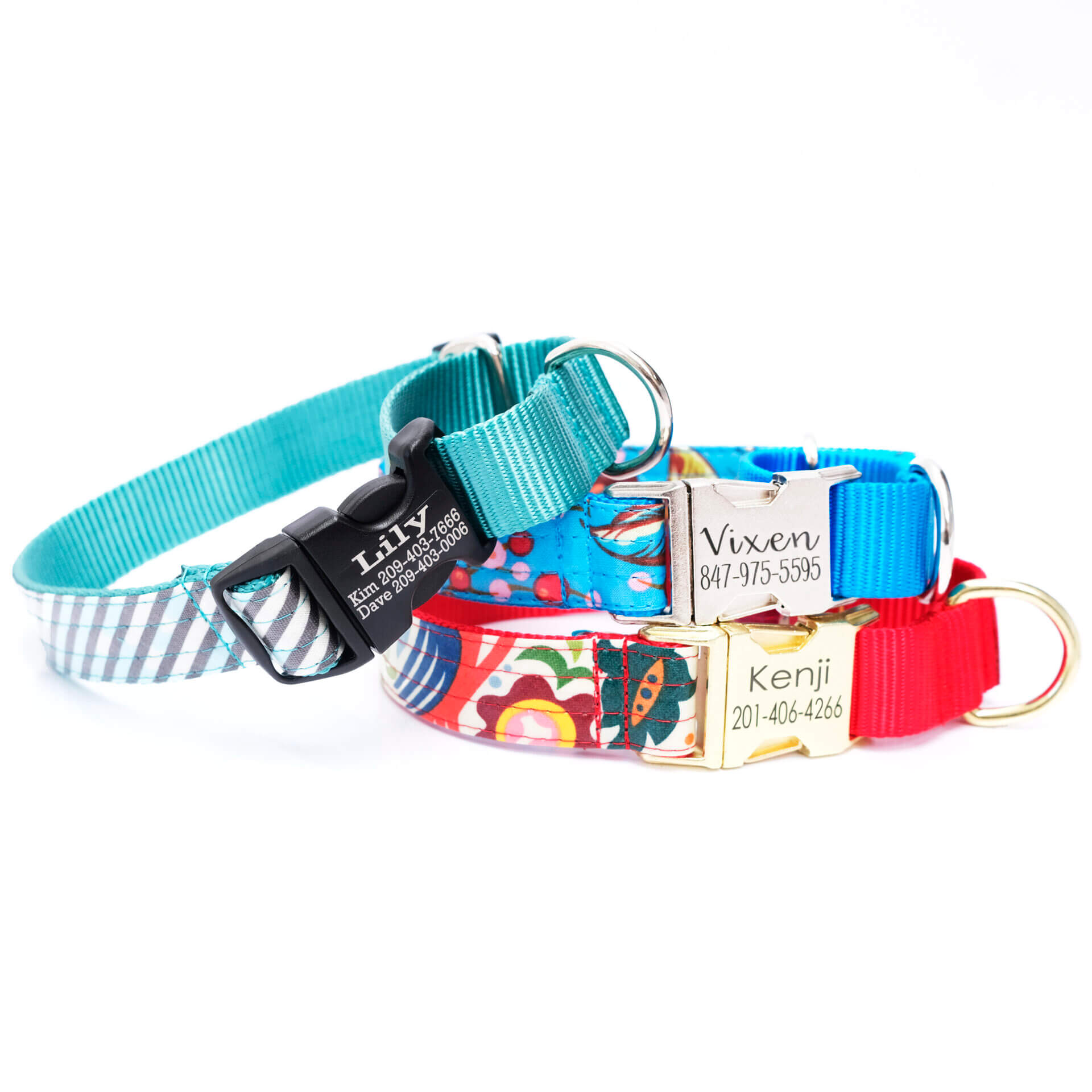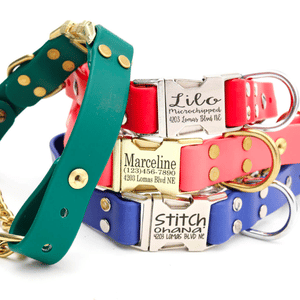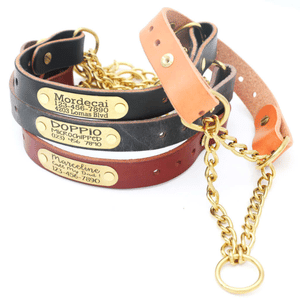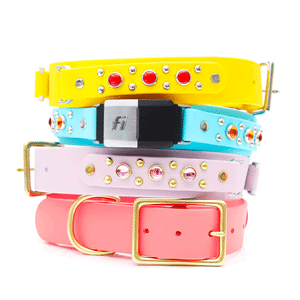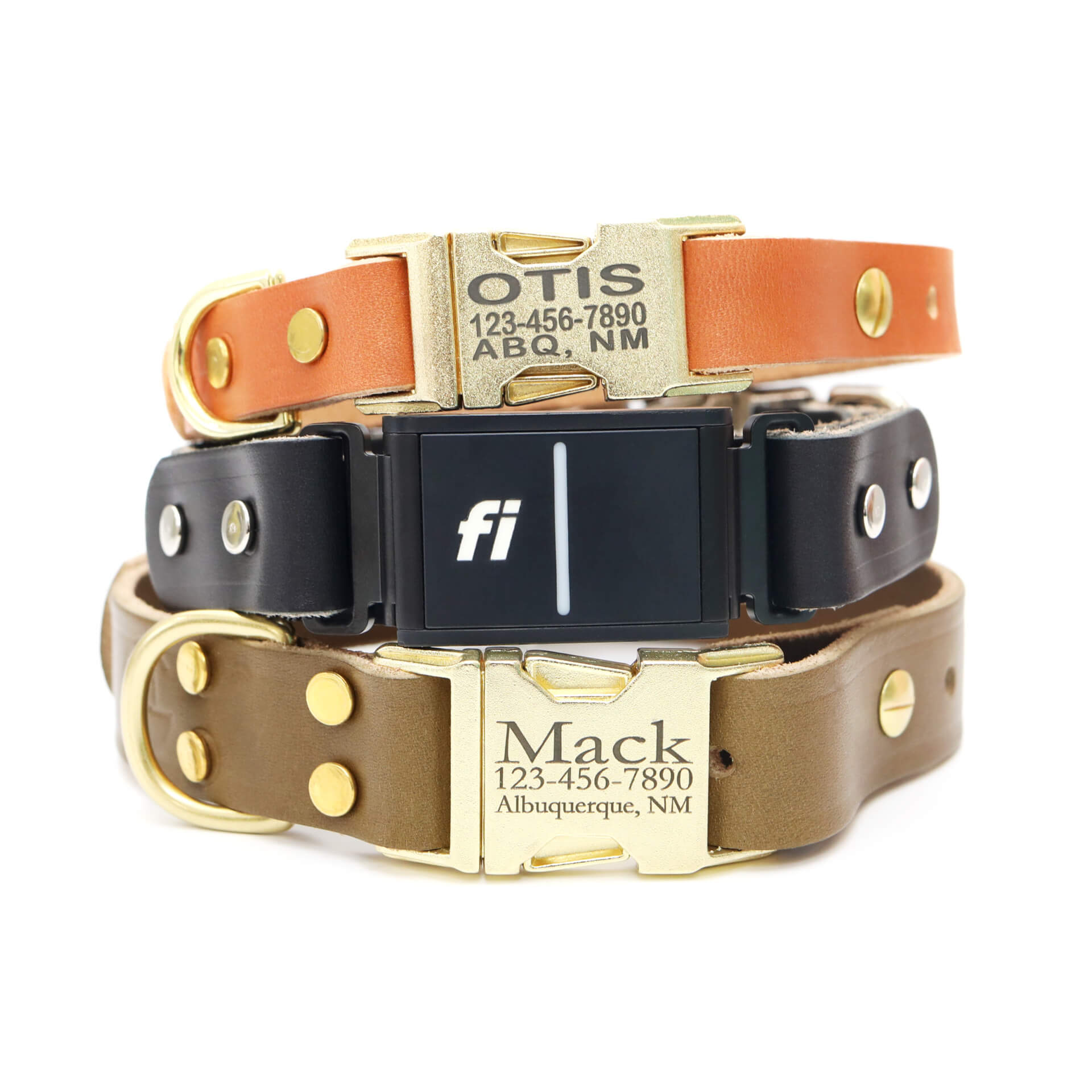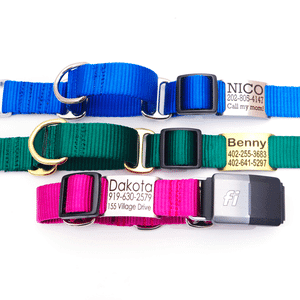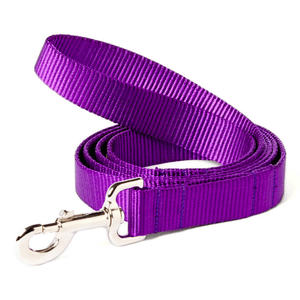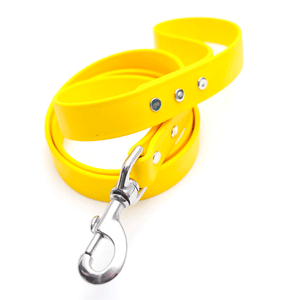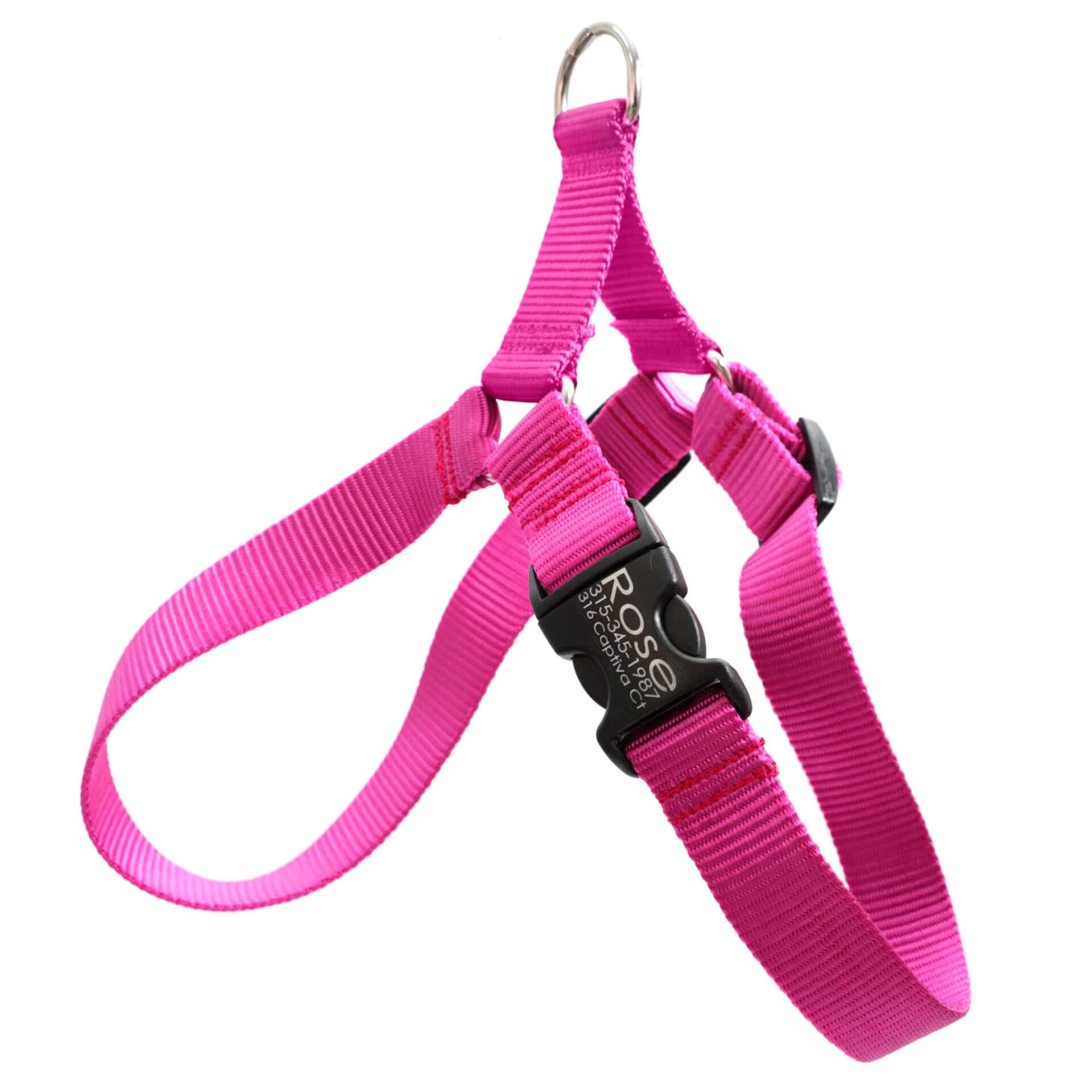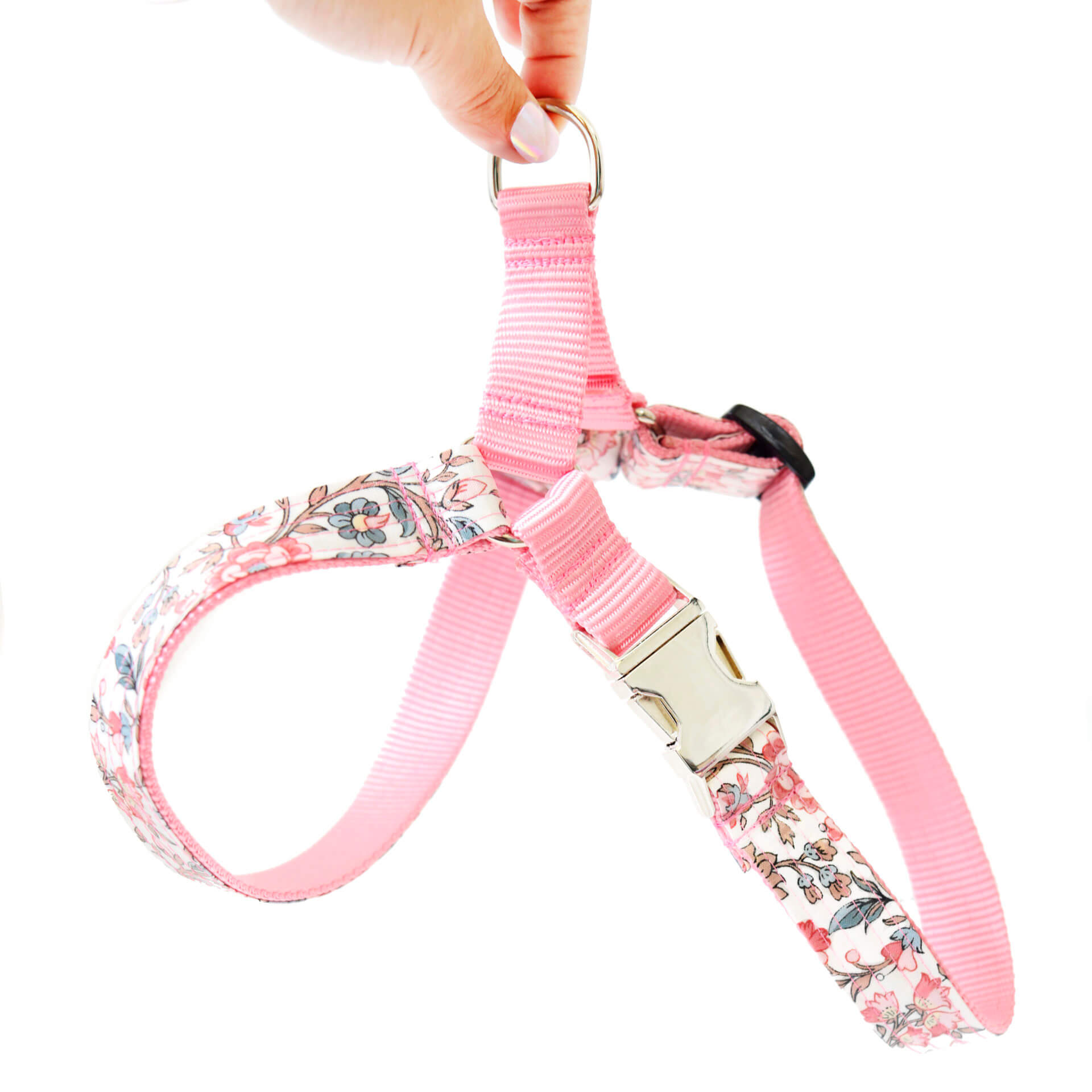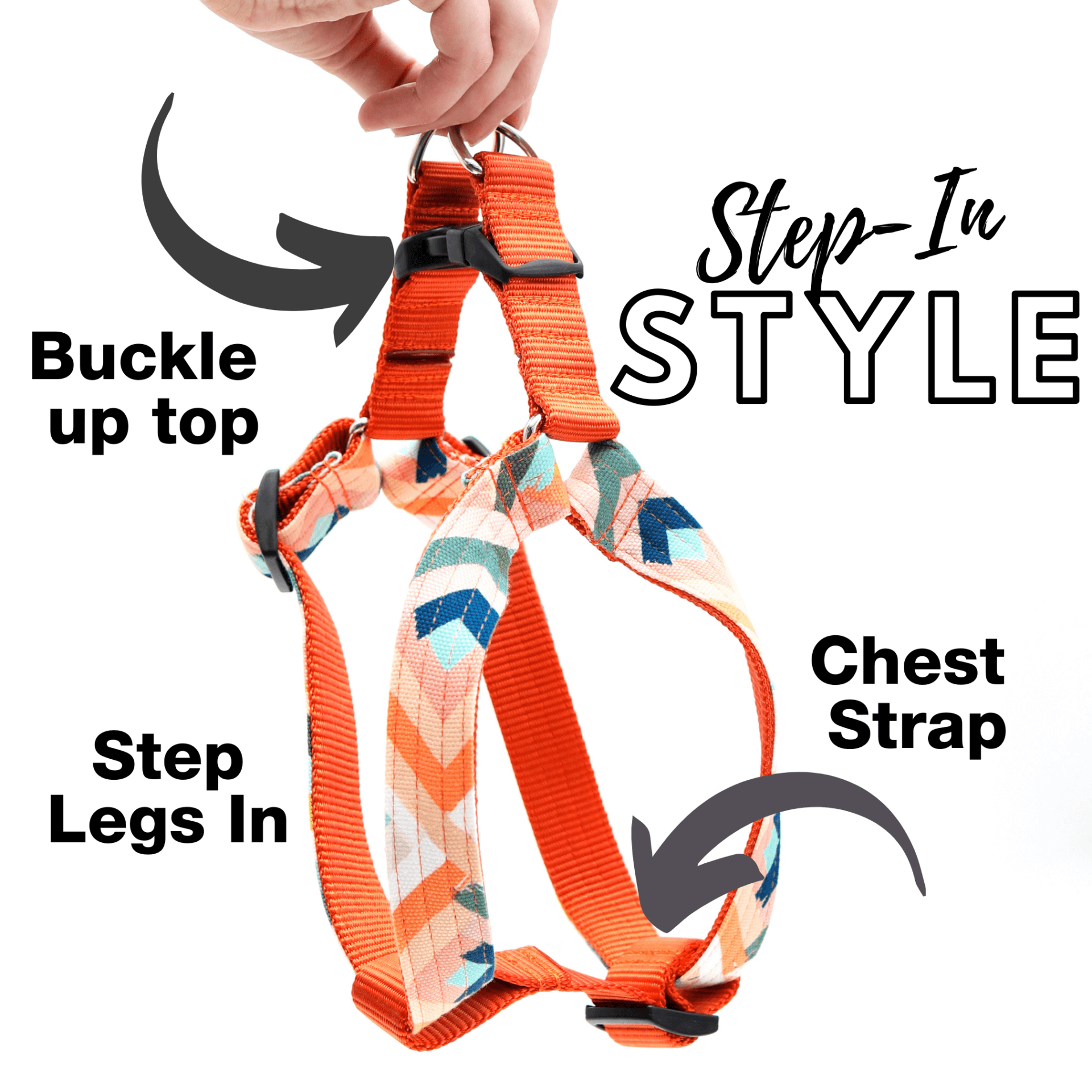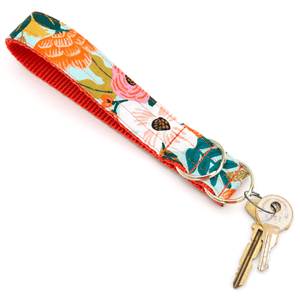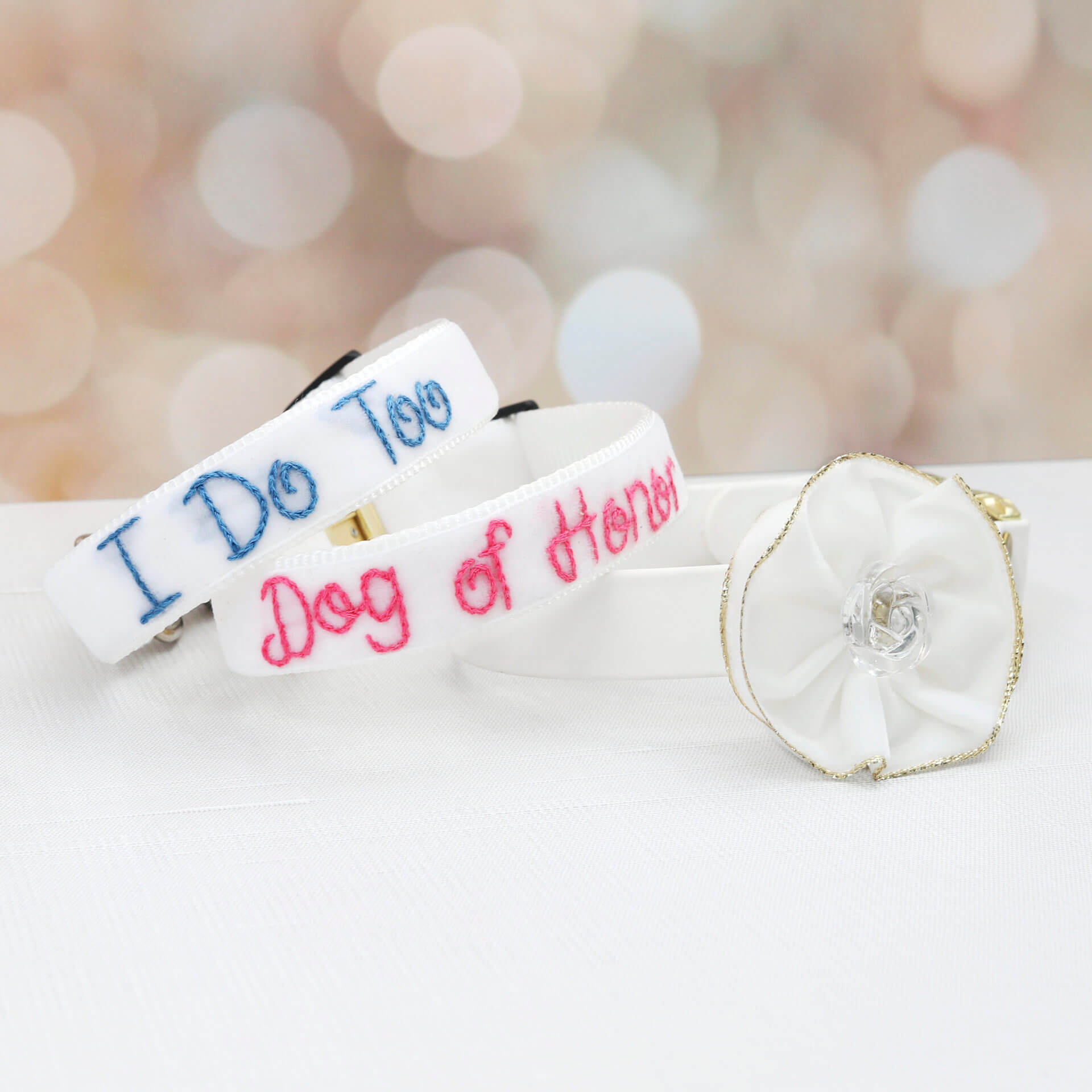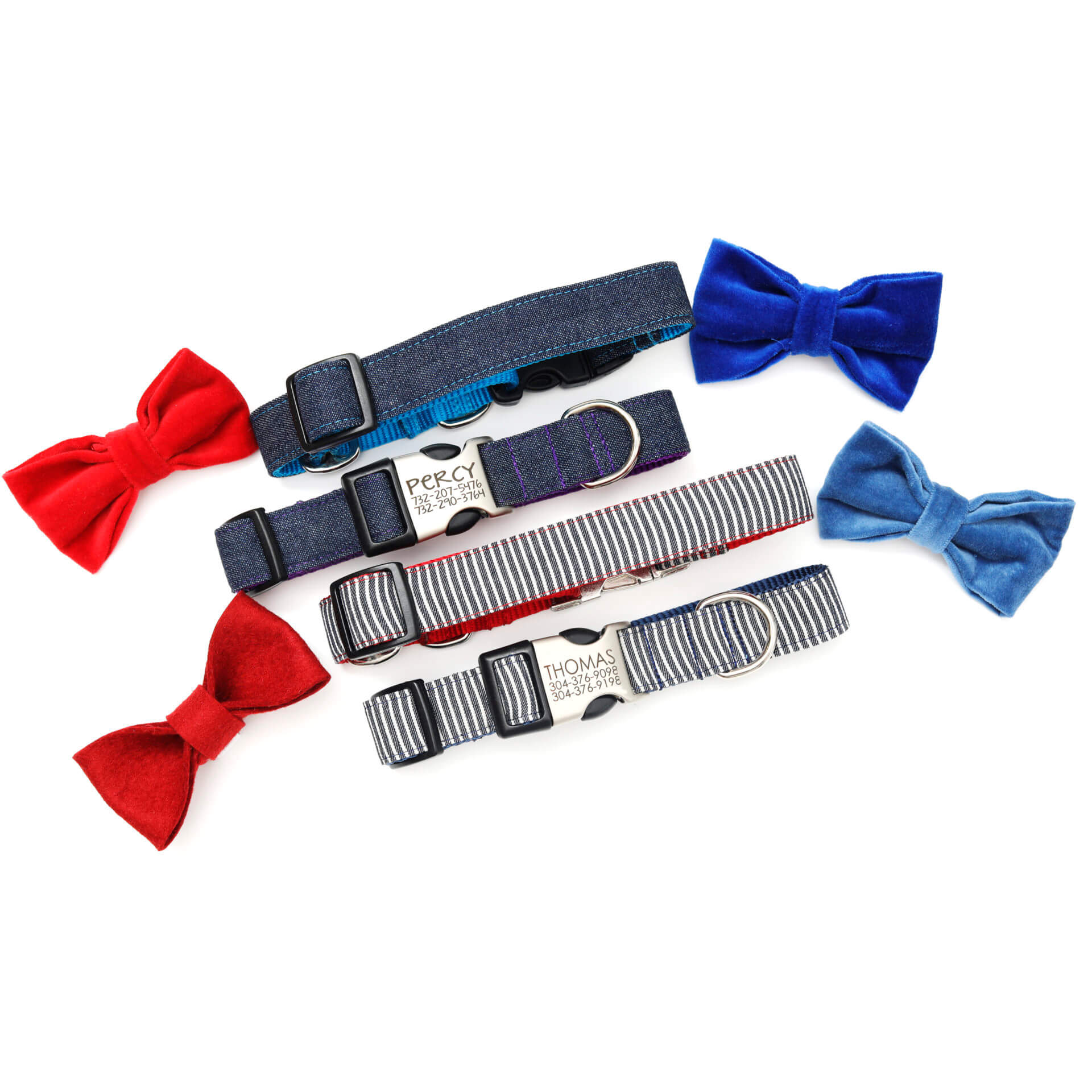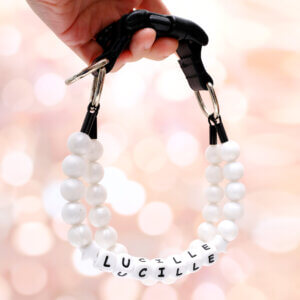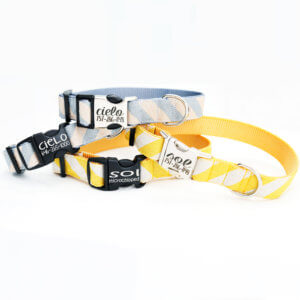Blog
Do GPS Dog Collars Really Work?
Yes, GPS dog collars work, but reliability varies. Satellite-only collars excel off-grid; LTE-based ones (like Fi, Tractive) suit urban areas. Bluetooth and RF types offer short-range backup. Accuracy, battery life, and signal quality differ, so pick based on your dog’s size, lifestyle, and location.
Losing sight of your dog, whether on a hiking trail, at a campsite, or even in your backyard, is every pet parent’s worst nightmare. That fear is exactly why GPS dog collars have become such a hot topic: they promise peace of mind, real-time tracking, and a tech-savvy way to keep your dog safe.
In this guide, we’ll walk you through what GPS dog collars can do. We’ll explain how they work, what to watch out for, and whether they’re a good match for your dog’s lifestyle.
What Is a GPS Dog Collar, and How Does It Work?

At its core, a GPS dog collar tracks your dog’s location using satellite or cellular signals, kind of like the map app on your phone. The goal? To help you find your pup fast, whether they’ve darted out the door or gone rogue at the dog park. But not all collars use the same technology.
GPS vs. Bluetooth vs. Radio Frequency: Know the Difference
- GPS (Global Positioning System): The gold standard for long-range tracking. It uses satellite signals to pinpoint your dog’s location, often in real time.
- Bluetooth: Limited to a range of about 30–100 feet. Fine for tracking inside the house or yard but useless if your dog bolts.
- Radio Frequency (RF): Old-school but reliable. Some RF collars don’t rely on satellites or cell towers, making them handy in off-grid areas, but they lack precision and smart features.
The best GPS collars usually blend multiple technologies for accuracy and flexibility. But the more complex the tech, the more you have to consider battery life, subscription costs, and app reliability.
Do You Need Cell Service for GPS Collars to Work?
It depends.
Many GPS collars send location data via cell networks. If you’re in a dead zone (like a mountain trail or backcountry), that signal may drop. Some high-end models skip cell towers altogether and connect directly to satellites, making them ideal for off-grid adventures.
So yes, you need cell service for most GPS collars to work, but not all of them. And if you live or play where bars are few, this is something to prioritize.
What’s the Deal with “Geo-Fences” and Virtual Boundaries?
Geo-fencing lets you draw virtual boundaries, like around your backyard or campground. When your dog crosses the line, you get an alert.
But here’s the catch: those fences aren’t always consistent. Signal drift can cause alerts even when your dog is still inside the zone.
The 10-Foot Problem: Why GPS Boundaries Can Shift
Even the best GPS collars have a margin of error, usually around 10–15 feet. That might not sound like much, but in a small yard, it could mean your dog is corrected for doing nothing wrong.
For GPS fences to work reliably, most experts recommend at least 5 acres of space. That’s a tall order for most pet parents in suburban settings.
Satellite vs. Cellular vs. Bluetooth: Which Is Most Reliable?
- Satellite-only: Best for wide open spaces, camping, and hiking. No cell needed.
- Cellular (like Fi, Tractive, Whistle): Great in urban or suburban areas but can lose signal in the woods.
- Bluetooth-only or hybrid: Only reliable within a short range, useful as a backup, not a primary tracker.
Some collars claim “real-time tracking,” but owners frequently report false “home” alerts and delays up to 15 minutes. In a runaway situation, that delay could be the difference between recovery and panic.
Wired Fence vs. Wireless GPS Fence: Which Is More Reliable?
The Case for Underground Systems (Consistency & Training)
Traditional underground fences use a buried wire to create a fixed boundary. Once installed, they’re extremely consistent. Dogs quickly learn their limits, especially when training includes physical flags and clear cues.
While they require upfront installation, they’re often more dependable and cheaper long-term, no batteries, no subscriptions, no signal drift.
The Case Against GPS for Small Yards
GPS collars need space. In small yards, even a 10-foot signal shift can throw off boundaries. That’s why many pet pros advise against using GPS fences in tight spaces.
For containment in small backyards, GPS may not be the right tool. It’s better for larger properties or off-leash excursions.
What About Portability? Why It’s Not So Simple
Some GPS brands advertise “portable fencing” as a big selling point. The idea is you can set up new boundaries at grandma’s house or a campsite.
Sounds great, until you realize that your dog needs retraining for every new location. Without consistent landmarks, even the smartest pup gets confused.
How to Choose the Right GPS Collar for Your Dog
Finding the right GPS collar is about matching the collar to your dog’s body, behavior, and lifestyle. Here’s how to make sure what you choose actually works in the real world.
Dog Size Matters: Lightweight vs. Bulky Collars
Small dogs need lightweight, low-profile collars. Many GPS devices are simply too bulky or heavy for toy or miniature breeds to wear comfortably, especially for long periods.
On the flip side, large or strong dogs may need reinforced, wide-fit collars to support the GPS unit without it twisting or sagging. This is why Mimi Green customers often choose our handcrafted Fi-compatible collars, they’re designed with breed-specific needs in mind, from neck size to fur type.
Activity Type: Hiking, Traveling, or City Strolls?
- Adventurous explorers (off-leash hikers, campers) do best with satellite-based GPS systems like Garmin, which work without cell service.
- Urban pups benefit more from LTE-based trackers like Tractive or Fi, since cities offer strong coverage and fast updates.
- Travelers may find re-training GPS boundaries at every new location frustrating, especially if relying on geo-fences alone.
Understanding where your dog spends most of their time is key to choosing the right collar.
We offer custom sizing for Fi-compatible collars. That means no slipping, no hotspots, just a comfortable, stylish fit that actually stays put during your dog’s adventures.
GPS + Handmade Collars? Yes, Please

One thing we’ve seen over and over: GPS tech is only as good as the collar it’s attached to.
That’s why Mimi Green creates handmade, Fi-compatible Waterproof dog collars that solve the two biggest tech problems, fit and comfort. We use waterproof Biothane and size-specific adjustments you won’t find in mass-produced gear.
👉Explore our Fi-compatible collection today, designed for the dog you love and the life you live together.

